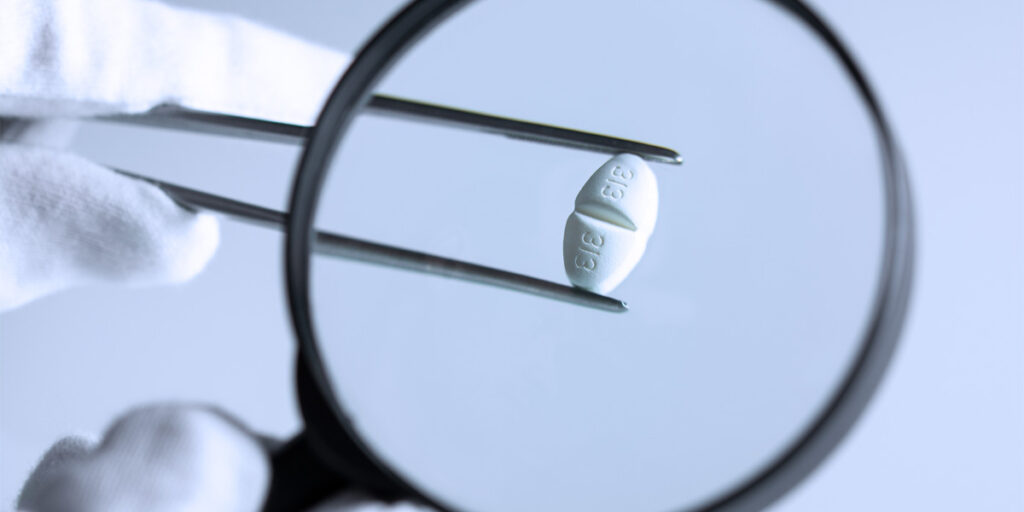The problem of drug counterfeiting is widespread, affecting both developed and developing countries alike. While the problem of counterfeit drugs is widespread, it has been kept at a low level in the United States thanks to a robust system of laws and regulations. The global counterfeit market is estimated to be $200 billion to $432 billion.[1] It has also become the fastest growing criminal enterprise, according to analysts. But as counterfeiters become more sophisticated, efforts must be made to identify and stop them. Counterfeit drugs are compounded by the shortage of legitimate medications and the long and convoluted supply chain. In addition, many companies operate in the wholesale drug market, which makes counterfeits highly profitable. Detecting and seizing these counterfeit drugs is complex, and the penalties for counterfeiting are insubstantial. This article will highlight the economic threats of the counterfeit drug trade. It will also discuss the technological advances that make this problem so prevalent.
Public health
The devastating effects of counterfeit drugs are far-reaching for both patients and the economy. In addition to taking income from legitimate drug manufacturers, counterfeit drugs cause health problems, increase patient concerns, and lower the availability of prescription medications. Researchers recommend increased penalties for drug counterfeiters, improved consumer education about counterfeiting, and creating a “track and trace” system to track where a drug originates. To combat the problem, healthcare providers, pharmaceutical companies, and medication distributors must work together to create awareness campaigns and implement measures that will reduce the production and distribution of counterfeit drugs.
While some drug companies have given public warnings about the dangers of counterfeit drugs, others have failed to take steps to protect consumers. While this problem has become a global problem, it is particularly prevalent in less developed countries. The pharmaceutical industry has been sued for failure to prevent the illegal sale of fake drugs. However, some U.S. pharmaceutical companies agreed with the FDA to report suspected counterfeit drugs within five days of discovery. The voluntary reporting arrangement remains in place today. Moreover, it is essential to remember that these drugs are often harmful and potentially deadly. Regardless of the source, cooperation is needed among stakeholders.
Economic impact
The economic impact of counterfeit drugs is vast. The pharmaceutical industry values its patent and trademark rights. Studies have shown that the location of the largest pharmaceutical companies is correlated with the amount of intellectual property being stolen. Counterfeit pharmaceuticals erode consumer trust in the trademarks and quality of medicines and reduce the number of R&D resources available. This, in turn, slows innovation and the growth of new drugs. But the economic impact is far more widespread.
While there are many possible ways to combat the problem, the obvious one involves technological developments. However, a lack of resources may hinder the effectiveness of these efforts. In the meantime, advances in technology are being used by counterfeiters. Educational campaigns aimed at online pharmacies may be a practical solution. Such campaigns may involve government agencies and pharmaceutical companies working together. Counterfeiting is a significant source of economic damage and should be prevented.
Job losses
The effects of the counterfeit drug trade are felt not just in the financial reports and tax estimates of countries affected by this problem. The economic consequences of counterfeiting extend to many individuals, including the loss of their jobs. A loss of employment is one of the most disruptive things that can happen to an individual. Here’s a quick overview of the economic threat of counterfeit drugs:
In the United States alone, this costs the U.S. economy $73.3 billion in lost R&D, $162.1 billion in lost revenue for the pharmaceutical industry, and $353.3 billion in economic output.[2] This also means that 247,803 jobs could be lost. The threat of fake drugs has gotten worse with proposals to regulate drug imports or price controls. These changes could cause shortages and give people incentive to purchase less secure online sources.
Takeaway
Solving the counterfeit drug problem is essential for ensuring that patients do not lose faith in the benefits of pharmaceuticals and stop taking their medications. Controlling the availability of counterfeit drugs is difficult, but necessary, given the significant public health issues associated with counterfeit drugs, which can harm or kill people.
References:
- Fighting the global counterfeit medicines challenge: A consumer-facing communication strategy in the US is an imperative. (2022, April 23). JOGH. https://jogh.org/2022/jogh-12-03018
- NEW BRIEF: Counterfeit drugs harm patients, economy, innovation. (2020, December 9). Center for Medical Economics and Innovation. https://medecon.org/new-brief-counterfeit-drugs-harm-patients-economy-innovation/


